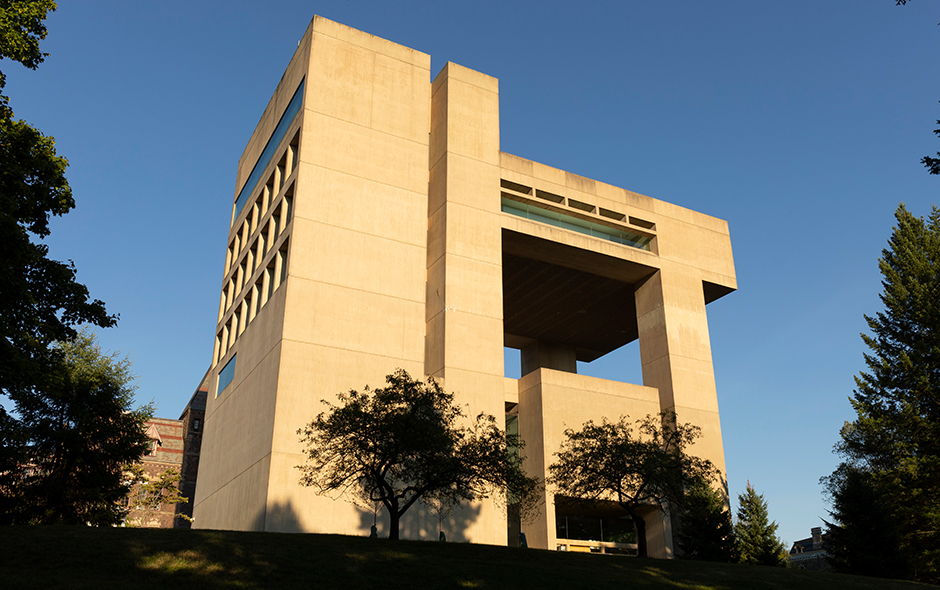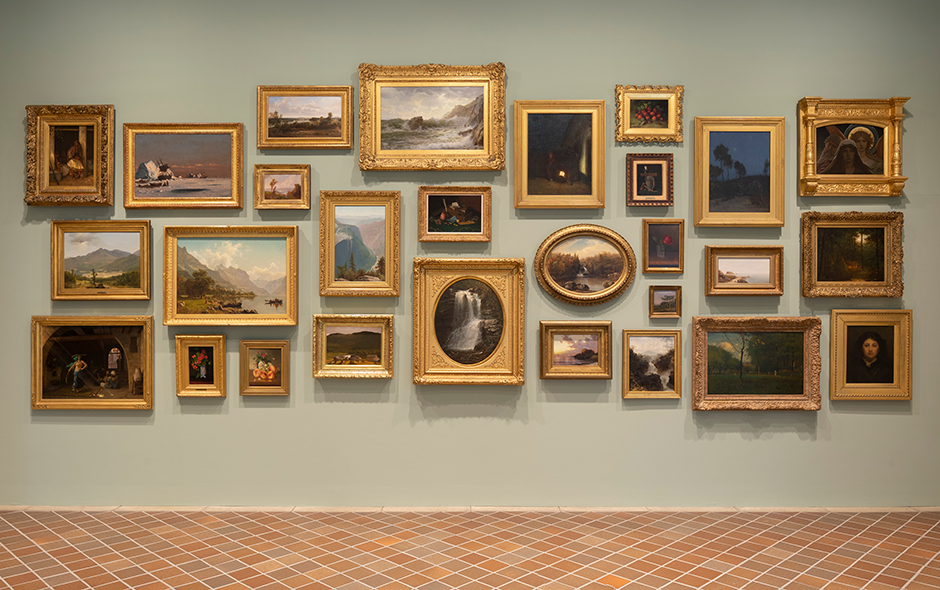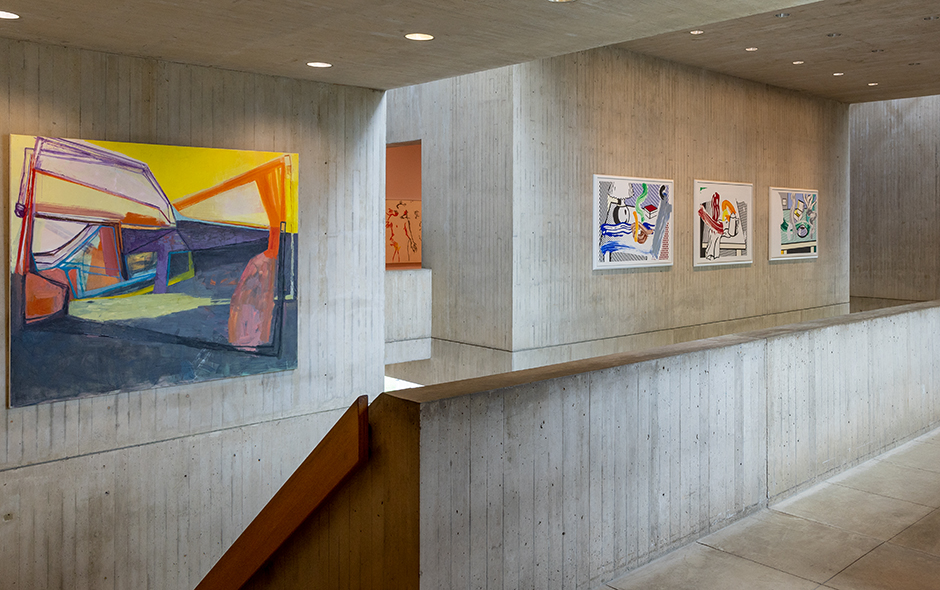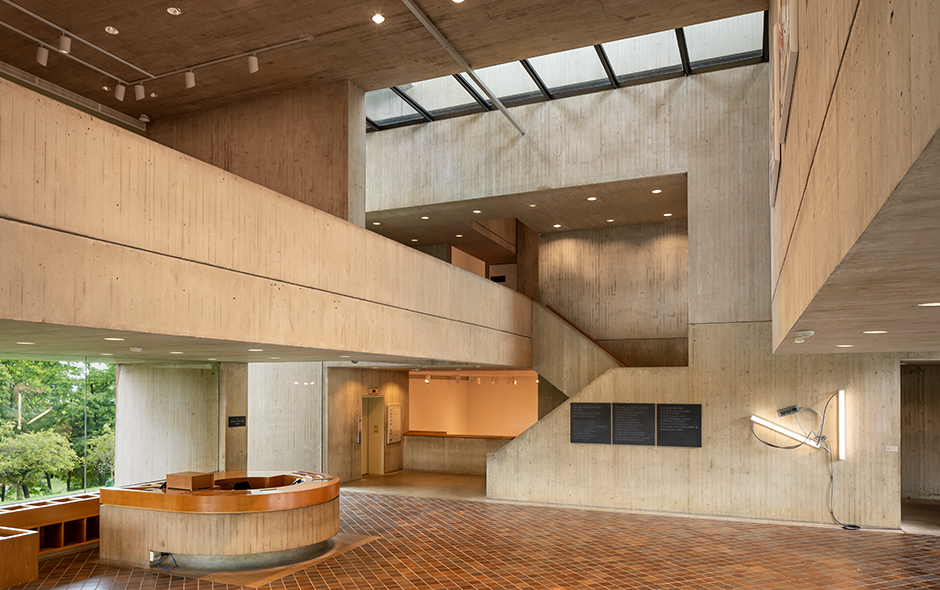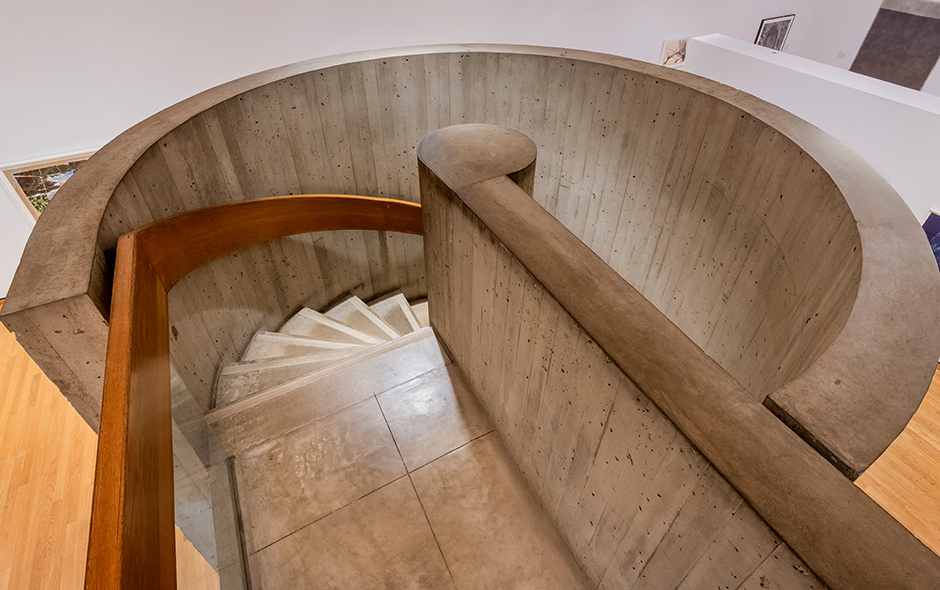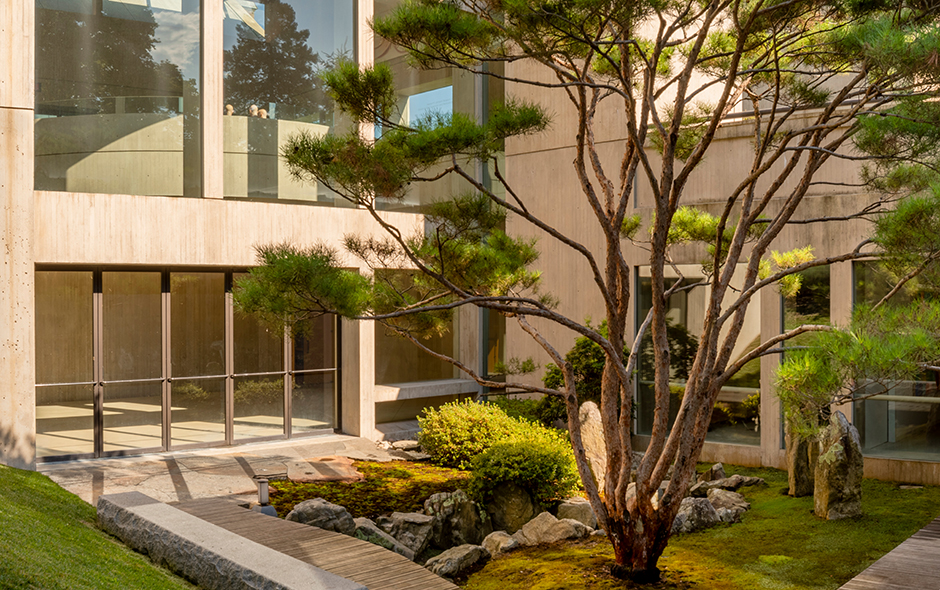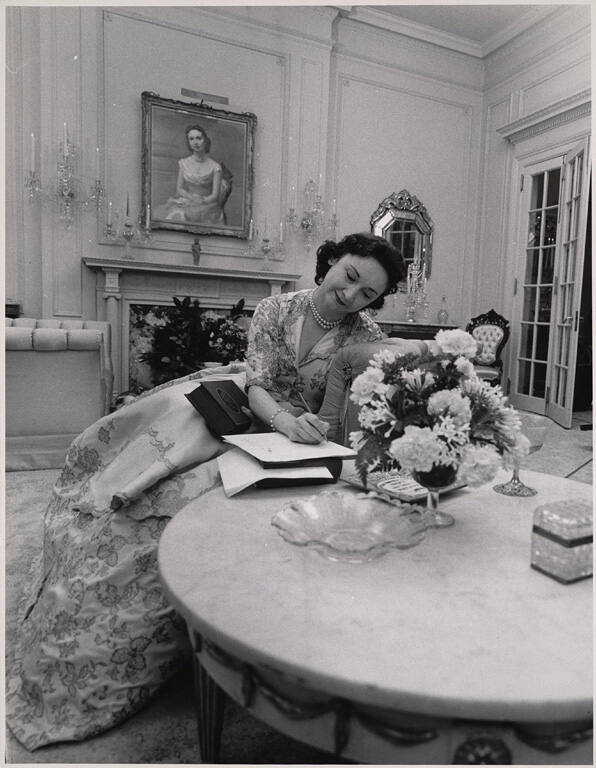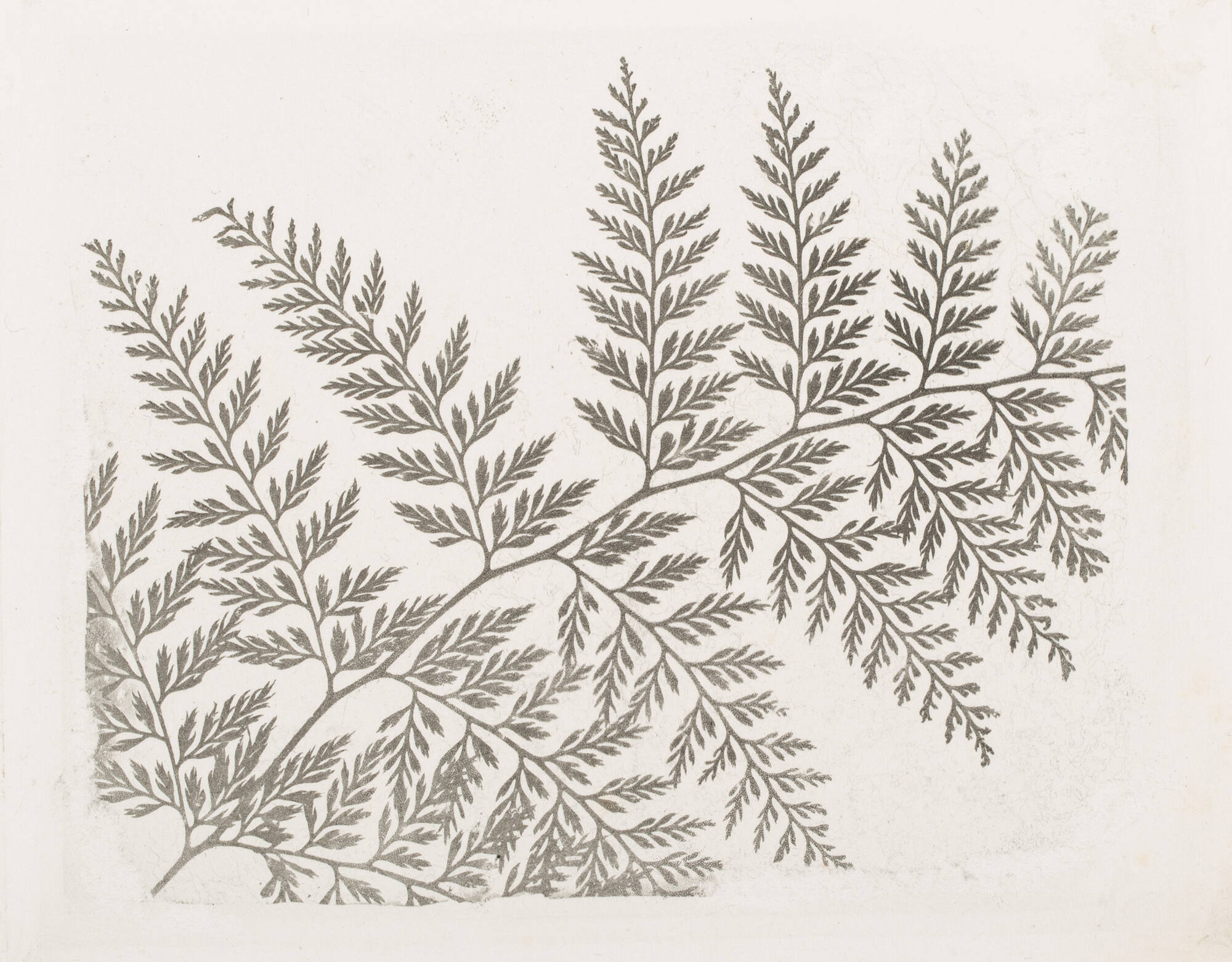
Object Details
Artist
William Henry Fox Talbot
Date
probably 1858 or later
Medium
Photoglyphic engraving
Dimensions
Plate: 4 × 4 7/8 inches (10.2 × 12.4 cm)
Sheet: 5 7/16 × 6 3/8 inches (13.8 × 16.2 cm)
Credit Line
Acquired through the generosity of the Friends of Photography Acquisition Committee
Object
Number
2020.016.002
Photography and printmaking have been associated from photography’s infancy. In the 1820s, Joseph (…)
Photography and printmaking have been associated from photography’s infancy. In the 1820s, Joseph Nicéphore Niépce created pewter printing plates etched through his process of “heliography.” In the 1840s, inventors attempted to turn fragile daguerreotypes into printing plates, so that unique daguerreotype images might be multiplied. In the 1850s and ’60s, processes that combined photography with printmaking—called photomechanical processes—ballooned under the watchful eyes of the photography establishment. For decades, a workable process for printing photographic images in ink was one of the field’s most sought-after advances.One of the people competing in this technological race was William Henry Fox Talbot, who in the 1830s had invented negative-positive photography on paper, laying the groundwork for all popular photographic techniques in use up to the digital era. By the late 1840s he was tinkering with photomechanical techniques, and by 1853 had filed a patent for a process he called “photoglyphic engraving.” For the next twenty-five years, Talbot dedicated his efforts in photography to improving it. This photoglyphic engraving of a fern is an important early record of that work. The subject relates to Talbot’s parallel endeavours as a serious amateur botanist, while the composition—the fern cut off by the edge of a plate too small to contain the entire specimen—suggests a prescient interest in novel modes of photographic framing.—Kate Addleman-Frankel, The Gary and Ellen Davis Curator of Photography



